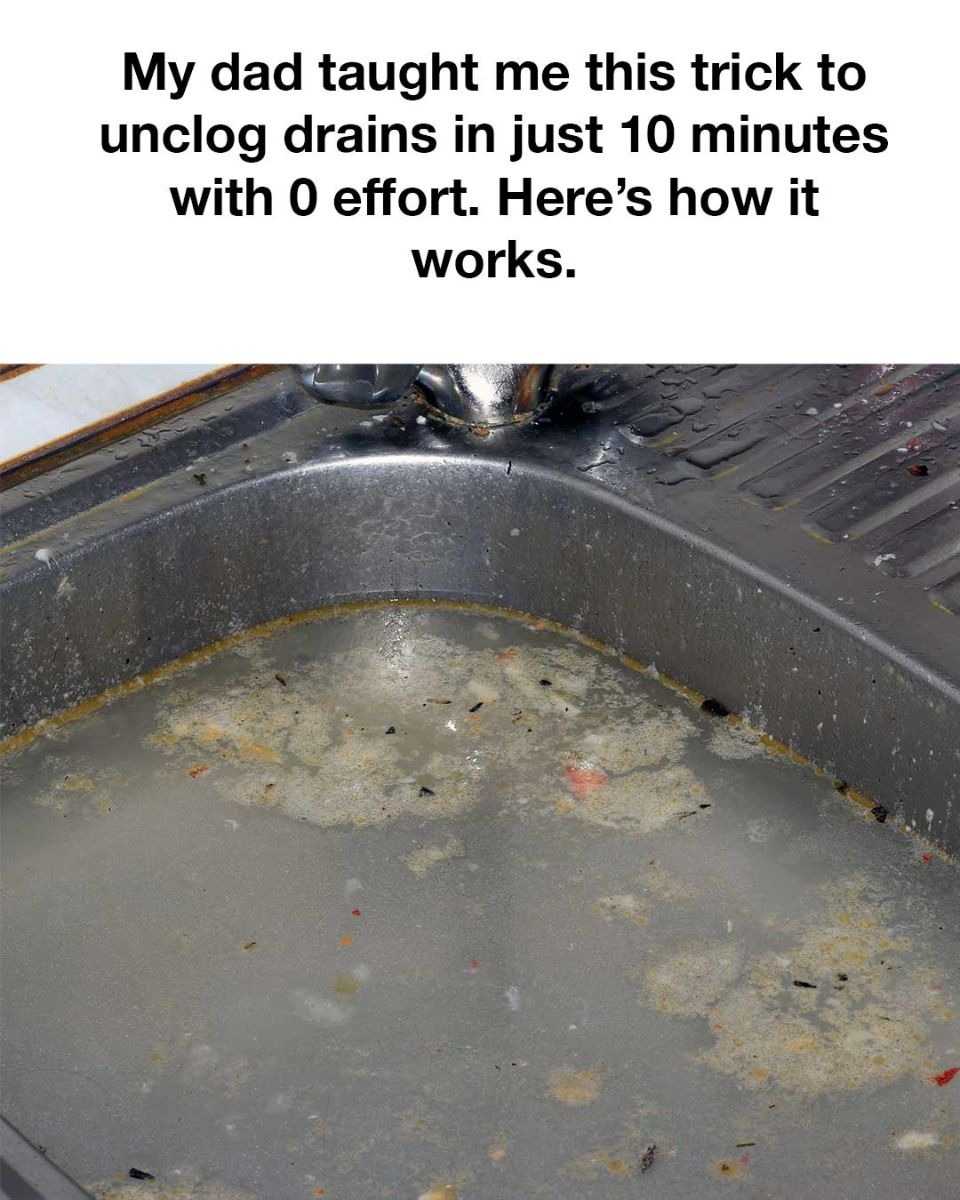ADVERTISEMENT
What You’ll Need:
- Replacement flapper or fill valve
- Screwdriver
- Adjustable wrench
How to Fix It:
- Turn Off the Water: Shut off the water supply to the toilet by turning the valve clockwise.
- Remove the Toilet Tank Lid: Carefully remove the lid and set it aside. You’ll see the internal components of the toilet, including the flapper, fill valve, and float.
- Check the Flapper: Often, a worn-out or misaligned flapper is the cause of the running toilet. Check to see if it’s sealing properly. If not, replace it with a new one.
- Inspect the Fill Valve: If the flapper is fine, the fill valve might be the issue. If it’s not shutting off properly, you can adjust it or replace it with a new one.
- Reassemble the Toilet: Once the necessary repairs are made, reassemble everything, turn the water supply back on, and test the toilet to see if it still runs.
4. Stop a Leaky Pipe
Leaky pipes can cause significant water damage if left unchecked, so it’s important to act quickly. Fortunately, small leaks can often be temporarily fixed with some basic tools before you can call a plumber for a more permanent solution.
What You’ll Need:
- Pipe repair clamp or rubber patch
- Plumber’s tape or sealant
How to Fix It:
- Turn Off the Water: Shut off the water supply to the pipe. If you’re not sure where the leak is coming from, turn off the main water supply to the house.
- Dry the Area: Use a towel to dry the area around the leak. You’ll need a clean surface to apply your sealant or patch.
- Use Plumber’s Tape: If the leak is small, wrap plumber’s tape around the leaky area to form a temporary seal. This is especially useful for pinhole leaks in metal pipes.
- Apply a Repair Clamp or Rubber Patch: For larger leaks, use a pipe repair clamp or a rubber patch with a hose clamp to cover the hole and stop the water flow. Tighten the clamp securely.
- Turn On the Water: Once the repair is in place, turn the water supply back on and check if the leak has stopped.
5. Clear a Slow Drain
If water is draining slowly but not completely clogged, it’s usually due to a buildup of grease, hair, or soap scum. Clearing it is easy with these methods.
What You’ll Need:
- Baking soda
- Vinegar
- Plunger
How to Fix It:
- Pour Baking Soda and Vinegar: Just like with a clogged drain, pour 1/2 cup of baking soda followed by 1/2 cup of vinegar down the slow drain. Let it sit for 10 minutes.
- Boiling Water: After the mixture has had time to fizz, flush the drain with boiling water.
- Plunge: If necessary, use a plunger to give it one last push to clear any remaining debris.
Conclusion:
Before reaching for the phone and calling a plumber, take a moment to consider these simple DIY plumbing fixes. Most common plumbing problems can be resolved with just a few basic tools and a little know-how. Not only will you save money, but you’ll also gain the satisfaction of solving the issue yourself.
Of course, if the problem persists or is beyond your skill level, don’t hesitate to contact a professional. But for everyday issues like a dripping faucet, clogged drain, or running toilet, these simple solutions should have you covered. Forget calling the plumber—take charge of your own plumbing fixes and enjoy a more efficient, cost-effective home!
ADVERTISEMENT
